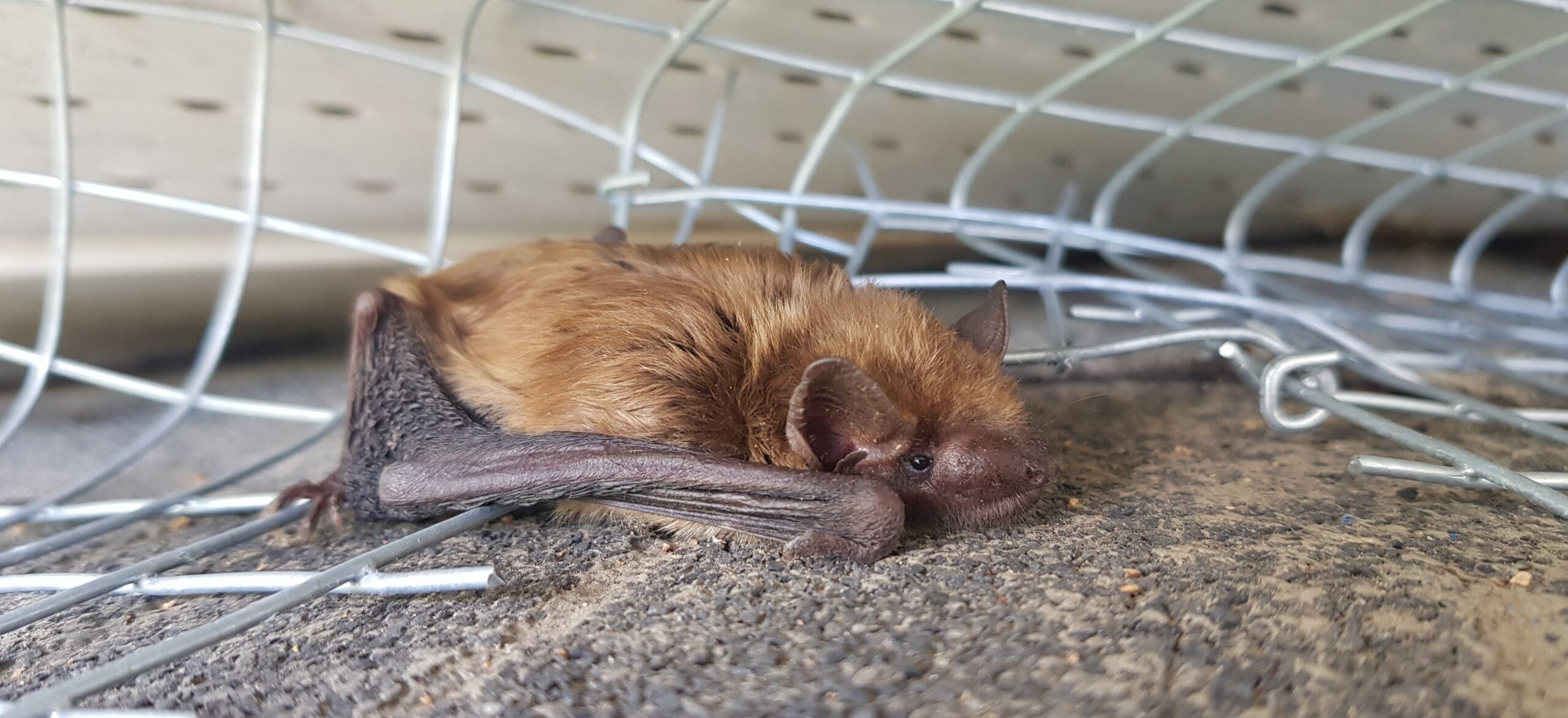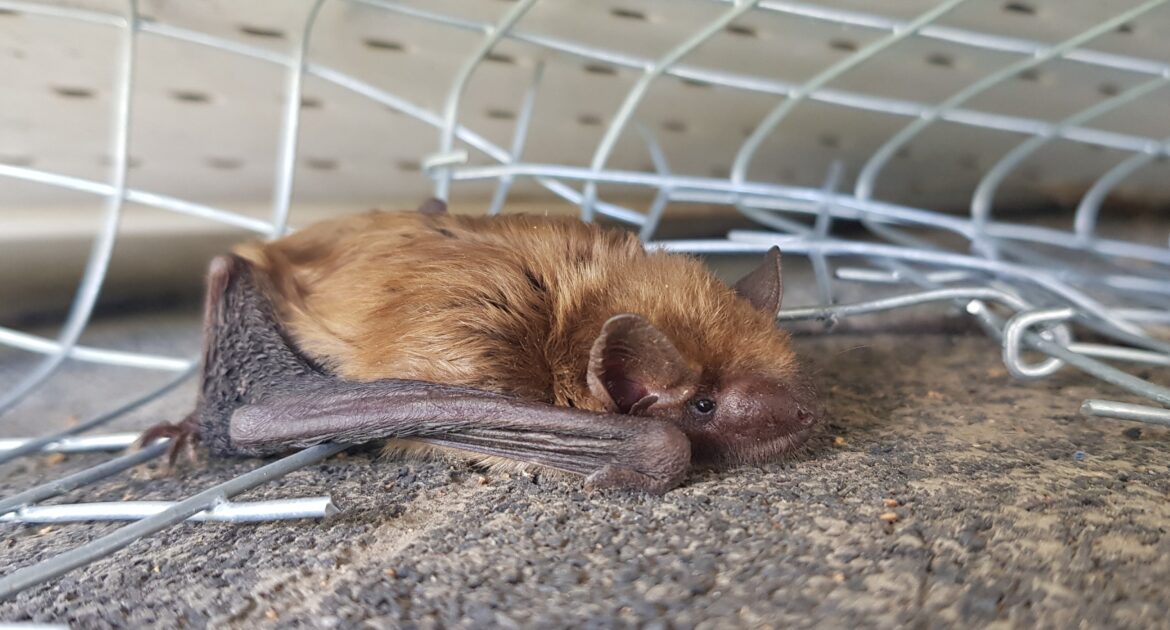Bats may seem harmless as they swoop through the evening sky, but having them in or near your home can be a serious health risk. Bats can carry diseases that endanger your family, so it’s important to understand the risks and take action. Keeping bats out of your home and dealing with infestations quickly and safely are key steps to protecting your loved ones.
How can you reduce the health risks linked to bats? Start by maintaining a clean, secure home, avoiding DIY removal methods, and relying on professionals like Skedaddle Humane Wildlife Control in Marietta. Below, we’ll share practical tips to help keep your family safe and minimize contact with bats.
Why Bats Pose Health Risks
While bats play an important role in controlling insect populations, they can also bring unwanted hazards into your home. These animals are known carriers of diseases, including rabies and histoplasmosis. Rabies is a viral infection that can spread to humans through a bite or even saliva exposure, while histoplasmosis is a respiratory illness caused by inhaling fungal spores found in bat droppings or guano. Both conditions can have severe consequences if left untreated.
That’s why keeping these animals out of your home is essential—not only for your peace of mind but also for protecting your family’s health. Addressing bat health risks is not something that should be delayed or overlooked.
Ways to Protect Your Family from Potential Health Risks Linked to Bats
When it comes to protecting your family, keeping these animals out of your home is more than just about avoiding an unwelcome guest. These creatures can bring serious health risks, but there are effective steps you can take to stay safe. Here’s how you can reduce bat-borne dangers and create a safer environment for your loved ones.
Seal Entry Points
One of the most effective ways to prevent bats from entering your home is by sealing up potential entry points. These animals typically gain access through gaps as small as half an inch, such as cracks in the walls, loose shingles, damaged vents, or openings around windows and doors. Inspect your home regularly to ensure there are no spots where bats or other wildlife can sneak in.
Tips for sealing your home:
- Install screens on chimneys and vents to block bats from entering.
- Apply weather stripping to gaps in doors and windows.
- Repair any roof damage, such as broken shingles or holes in the eaves.
- Use caulk or expanding foam to fill smaller cracks and crevices.
By closing off these potential entryways, you’re taking an important step to ensure family safety from these animals.
Keep Outdoor Areas Clean
Bats are often attracted to easy food sources, like bugs and fruit trees, near your property. While you can’t control all wildlife, minimizing what draws bats to your yard is a practical step to reduce the chances of them roosting nearby.
Here’s how you can make your yard less appealing to bats:
- Use yellow “bug lights” or LED bulbs outdoors, as these options attract fewer insects for bats to feed on.
- Keep your yard tidy by pruning overgrown trees and shrubs.
- Pick up fallen fruit and keep trash cans securely closed to avoid attracting pests.
- Remove standing water, which can attract both bats and insects.
While these steps can’t guarantee that bats stay away entirely, they greatly reduce the chances of these animals establishing themselves on your property and minimize health risks.
Pay Attention to Bat Droppings
Bat droppings, or guano, are another concern for homeowners. Left unchecked, these droppings can accumulate in attics, basements, or walls, where they can create serious health hazards. The fungus that causes histoplasmosis grows in guano, releasing airborne spores that cause respiratory problems if inhaled.
If you notice droppings around your home, don’t attempt to clean them yourself, as disturbing guano can release harmful spores. Instead, call our team at Skedaddle to safely and thoroughly remove the droppings while addressing the underlying infestation.
Use One-Way Doors
If bats have already made their way into your home, the safest and most humane way to remove them is by using one-way doors. Our experts at Skedaddle install these specialized doors to allow bats to leave your home but prevent them from getting back inside. This approach is highly effective and ensures that the bats are safely excluded without harm.
Trying to install one-way doors on your own is not recommended. Incorrect handling can cause issues, such as trapping bats inside, which could increase health risks to your family. That’s why it’s best to leave this to us, the professionals.
Avoid Direct Contact with Bats
Avoiding direct contact with bats is essential to family safety from these animals. If you see a bat roosting in your home or flying indoors, do not attempt to touch or remove it yourself. Even seemingly healthy bats can carry rabies or other diseases. Keep your distance and reach out to our team to handle the situation safely.
Here’s what you can do if you spot a bat inside your home:
- Close off the area to keep the animal isolated.
- Make sure pets and children stay away from the bat.
- Contact us as soon as possible to remove the bat.
Staying calm and letting us take care of the situation is the best way to prevent bat-borne diseases and keep everyone safe.
Educate Your Family on Bat Safety
Teaching your family about the importance of bat safety is a simple but effective way to reduce risks. Ensure that children understand they should never touch a bat, even if it appears injured or harmless. Remind everyone in the household to report bat sightings immediately so that measures can be taken.
Consider these key points to share with your family:
- Bats can carry diseases even if they seem healthy.
- Never attempt to remove or handle a bat yourself.
- Recognize the signs of a bat infestation, like guano or unusual noises in the attic.
Education is an important part of bat-borne disease prevention and helps ensure everyone knows how to act if bats are nearby.
Schedule a Professional Inspection
If you suspect bats have made themselves at home in your attic, walls, or elsewhere, reach out to us for an inspection. We’ll pinpoint any entry points, confirm an infestation’s presence, and safely address the situation. Regular inspections serve as a solid prevention strategy, ensuring your home stays safe and secure.
Trust Us to Keep Your Family Safe
When it comes to protecting your loved ones from bat health risks, professional help is key. At Skedaddle Humane Wildlife Control in Marietta, we specialize in the safe and humane removal of bats from homes in Marietta.
We also take preventative measures, like one-way door installations, to ensure bats cannot return. With our focus on family safety and humane treatment, you can trust us to get the job done right, giving you peace of mind while eliminating the problem.
Your family’s safety always comes first. If you’re concerned about bat health risks in your home, now is the time to act. Request an estimate from us to learn more about bat removal and prevention. Reach out today, and take the first step toward a safer, bat-free home for your family.




